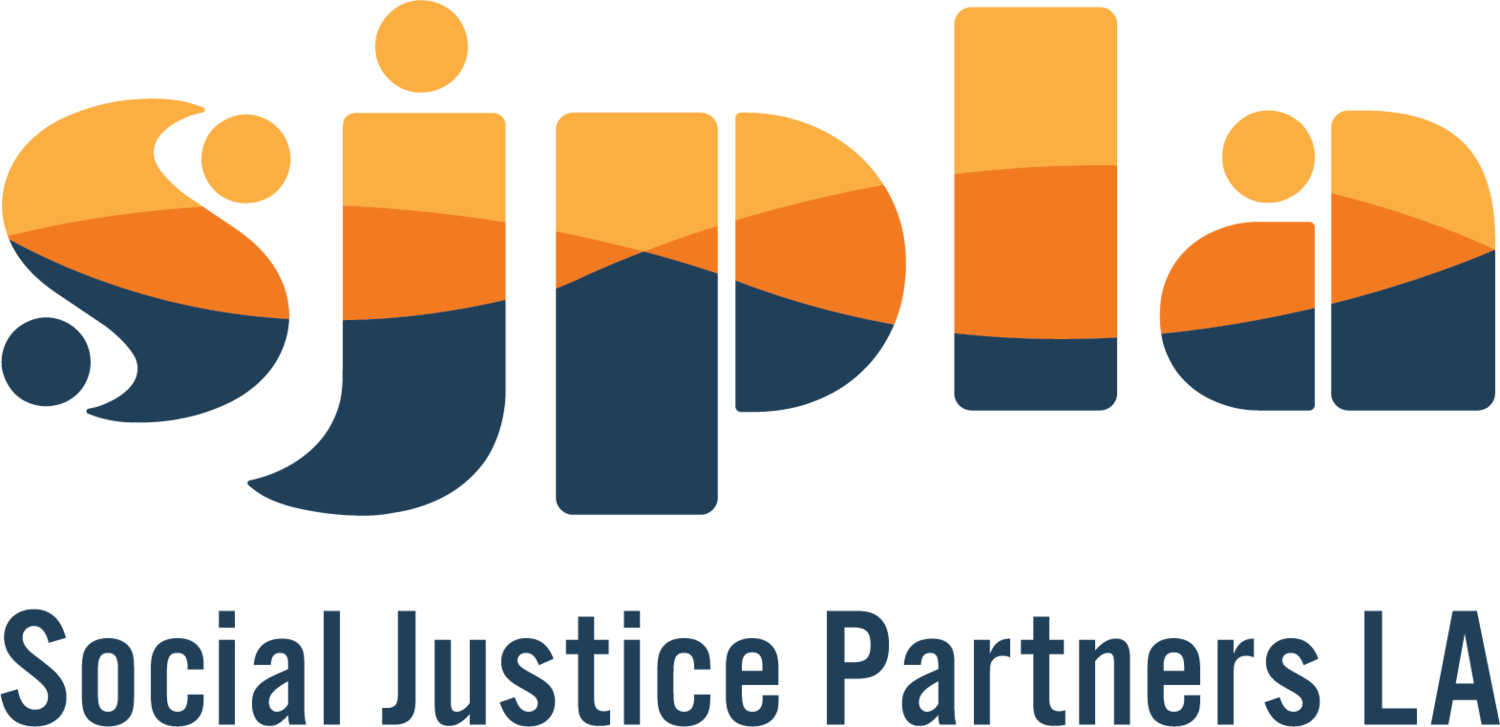How We Transitioned to a 32-Hour Workweek
As part of our commitment to a liberatory workplace and being a living lab for liberatory practices and policies, we quietly moved to a 32-hour work week in January of 2023. A year and a half into the experiment, we’re ready to share how we made the transition and what we’ve learned from the process.
Initial concerns
When we first considered the idea of a shorter workweek, we approached it with our commitment to collective exploration and co-creation taking inspiration and concepts from others who have made the transition like our friends at FreeFrom and Equity Meets Design. We started with Jamboard (R.I.P.), categorizing our thoughts into two main areas: "How could a 32-hour workweek align with our values & team agreements?" and "How could a 32-hour workweek create challenges with our values & team agreements?" The responses were mixed, highlighting both excitement and concern.
While the prospect of more personal time was appealing, we also saw how a shorter workweek aligned with our team agreements for spaciousness and valuing our whole selves. However, potential tension arose around compacting the same amount of work into fewer hours, possible disruptions to team connection, and the logistics of managing meetings. This could reduce spaciousness for the work and crowd out our agreements that value generative conflict and connectedness.
Setting ourselves up for success
To ensure a smooth transition, we reflected on our systems and structures. Key strategies included implementing "No-Meeting Mondays*" to provide uninterrupted focus time and ensuring space in our calendars to maintain connection and collaboration. We also looked at our project management process and structures that ensure we stay connected and revisit the 32-hour workweek transition.
For personal accountability, we emphasized the importance of managing our tasks, prioritizing our connections with each other, keeping our calendars updated, being responsive on Slack and email from Monday to Thursday, and maintaining flexibility as we adjusted to this new rhythm.
Agreements
The next step was to translate our needs for success into actionable agreements. Here are the agreements we came up with:
Schedule
Monday-Thursday work; Friday off
No internal meetings on Mondays; staff can choose to have external meetings, or one-off internal meetings if all involved team members agree to it
Keep calendar updated on vacation time & meetings to help others plan
Add your contact preferences to the spaciousness in our team agreements doc (including preferences on whether you prefer to stack meetings vs. space them)
Add your general availability/hours for meetings to your Slack profile
We're responsive to each other on Slack and email Mon-Thurs.
Spaciousness & Flexibility
Be flexible with the plan and with each other as we learn
Create spaciousness in work planning - plan ahead
Be clear with timelines & processes to support everyone in planning ahead
Include breaks in meetings longer than 45 minutes
Be gracious with each other if we're back to back, cameras may be off
Reflection
Reflect at the end of Q1 on these agreements & how it's going
Communications
Team communicates via Slack where we need support and how it's going
Communicate externally to set expectations
The Transition
In January 2023, we officially started our 32-hour workweek. We tried it on for three months and came back together to reflect on the transition. We began by plotting the gifts and the challenges we faced with our new work schedule. More personal time and better work prioritization were major benefits while adjusting to compacted schedules and new routines posed challenges.
We revisited our agreements to discuss adjustments, focusing on clarifying no-meeting Mondays and our availability to be responsive. While we recognized the challenges, we agreed they could be met with more time, adjustment, and planning. We recommitted to our agreements and adopted the 32-hour workweek as a permanent change.
A year later
The 32-hour workweek has significantly enhanced our individual and collective well-being, allowing us to prioritize and focus our work more effectively. Our team has found a better balance, strengthened our connections, and continues to deliver the impact that motivates our work.
Embracing a New Standard
Our transition to a 32-hour workweek has benefited our team and our work. We hope our journey inspires others to explore innovative practices that align with their values and support their teams. At SJPLA, we remain dedicated to a liberatory workplace and driving systemic change through every aspect of our work.
If you would like to learn more about if and how to transition to a 32-hour workweek and other liberatory workplace practices, consider signing up for Liberatory Workplaces beginning October 3rd.
*No-meeting-Monday means we avoid setting internal or external meetings on Monday. (This isn’t a rule, just a guide. Monday meetings happen on occasion as our schedules are left to our discretion.) This leaves Monday open for focus work and tasks without interruption.



